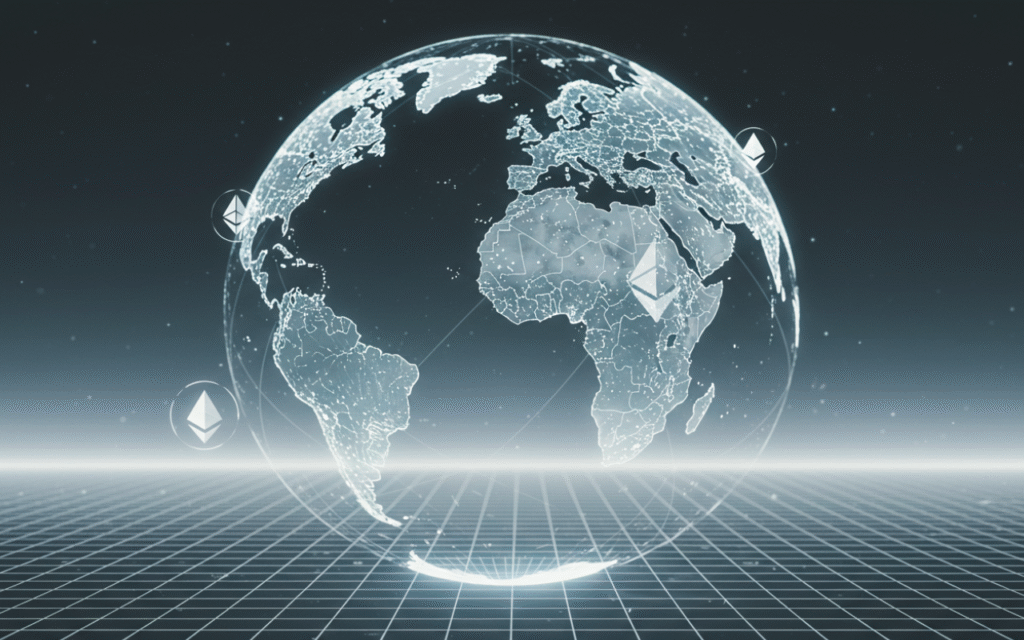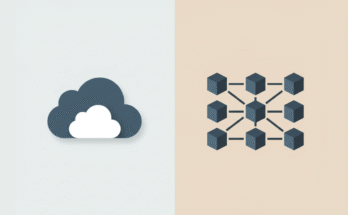The internet has come a long way since its humble beginnings. From static web pages in the early days to the dynamic, interactive platforms we use today, the digital world constantly evolves. Now, there’s a new buzzword making waves, Web3. But what exactly is Web3, and why is everyone talking about it? Don’t worry if you’re not a tech expert. This blog post will break it all down in simple terms.

A Quick History of the Web
→ Before diving into Web3, let’s take a quick trip down memory lane to understand how we got here.
- Web1 (The Static Web): The first version of the internet was all about reading. Think of it as an online library where you could visit websites and read information, but there wasn’t much interaction. It was like a one-way street.
- Web2 (The Interactive Web): This is the internet most of us are familiar with today. It introduced social media, online shopping, and user-generated content. Platforms like Facebook, YouTube, and Instagram allow us to interact, share, and create. However, big companies control most of this space, and they hold a lot of power over your data.
- Web3 (The Decentralized Web): Enter Web3! This is the next evolution of the internet, where the focus shifts to decentralization and giving users more control over their data and online experiences.
What Is Web3?
At its core, Web3 is about creating a more open, fair, and user-controlled internet. Instead of relying on big tech companies to manage everything (like in Web2), Web3 uses blockchain technology to decentralize control.
Here’s a simpler analogy, Imagine the internet as a giant playground. In Web2, a few big kids own the playground equipment and make the rules. In Web3, everyone gets a say in how the playground works, and no single person or company owns it.
Key Features of Web3
→ To understand Web3 better, let’s break down its main features:
- Decentralization:
- In Web2, companies like Google or Facebook store your data on their servers.
- In Web3, data is stored across a network of computers (a blockchain), so no single entity has control.
- Ownership:
- Ever wondered why you don’t really “own” your social media accounts? Platforms can ban you or delete your content at any time.
- With Web3, you own your digital identity and assets through tools like cryptocurrency wallets.
- Transparency:
- Blockchain technology makes everything transparent. Transactions and actions are recorded on a public ledger that anyone can verify.
- No Middlemen:
- In Web2, middlemen like banks or payment processors handle transactions.
- In Web3, blockchain allows people to interact directly without needing intermediaries.
Real-Life Examples of Web3
→ Still feeling unsure about what all this means? Let’s look at some real-world examples:
- Cryptocurrencies: Bitcoin and Ethereum are part of the Web3 ecosystem. They allow people to send money directly to each other without needing a bank.
- NFTs (Non-Fungible Tokens): NFTs are unique digital assets that prove ownership of things like art, music, or even virtual real estate. For example, if you buy an NFT of a digital painting, you truly own it no one can take it away.
- Decentralized Apps (dApps): These are apps built on blockchain networks. For example, instead of using Spotify (a centralized platform), you could use a decentralized music app where artists get paid directly by listeners.
- Decentralized Finance (DeFi): DeFi platforms let you lend, borrow, or trade money without going through a bank.
Why Does Web3 Matter?
→ You might be wondering: “Why should I care about Web3?” Great question! Here are a few reasons why it’s important:
- You Control Your Data: In Web2, companies make money by collecting and selling your data. With Web3, you decide who gets access to your information.
- More Financial Freedom: Web3 opens up opportunities for people who might not have access to traditional banking systems.
- Fairer Online Communities: Instead of a few companies controlling everything, users can have a say in how platforms operate.
- Innovation: Web3 is creating new ways for people to work, create, and connect online.
Challenges of Web3
→ Of course, no technology is perfect, and Web3 is still in its early stages. Here are some challenges:
- Complexity: Let’s be honest, blockchain and crypto can feel confusing at first! The tech world needs to make it easier for everyday users to join in.
- Scalability: Right now, some blockchain networks can’t handle large amounts of traffic efficiently.
- Regulation: Governments are still figuring out how to regulate cryptocurrencies and other aspects of Web3.
- Energy Concerns: Some blockchain systems use a lot of energy, though newer technologies are becoming more eco-friendly.
What’s Next for Web3?
While it’s hard to predict the future, one thing is clear | Web3 has the potential to change how we interact with the internet. As more people adopt this technology, we’ll likely see new innovations that make our online lives more secure, private, and empowering.
Conclusion
Web3 might sound like a complicated concept at first, but at its heart, it’s about creating a better internet, one where you have more control over your data and digital experiences. Whether it’s through cryptocurrencies, NFTs, or decentralized apps, Web3 is opening up exciting possibilities for the future.
So don’t worry if you’re not tech-savvy! Like any new technology, it takes time to understand and adopt. Who knows? In a few years, you might be using Web3 tools without even realizing it just like how we use smartphones today without thinking about how they work.



